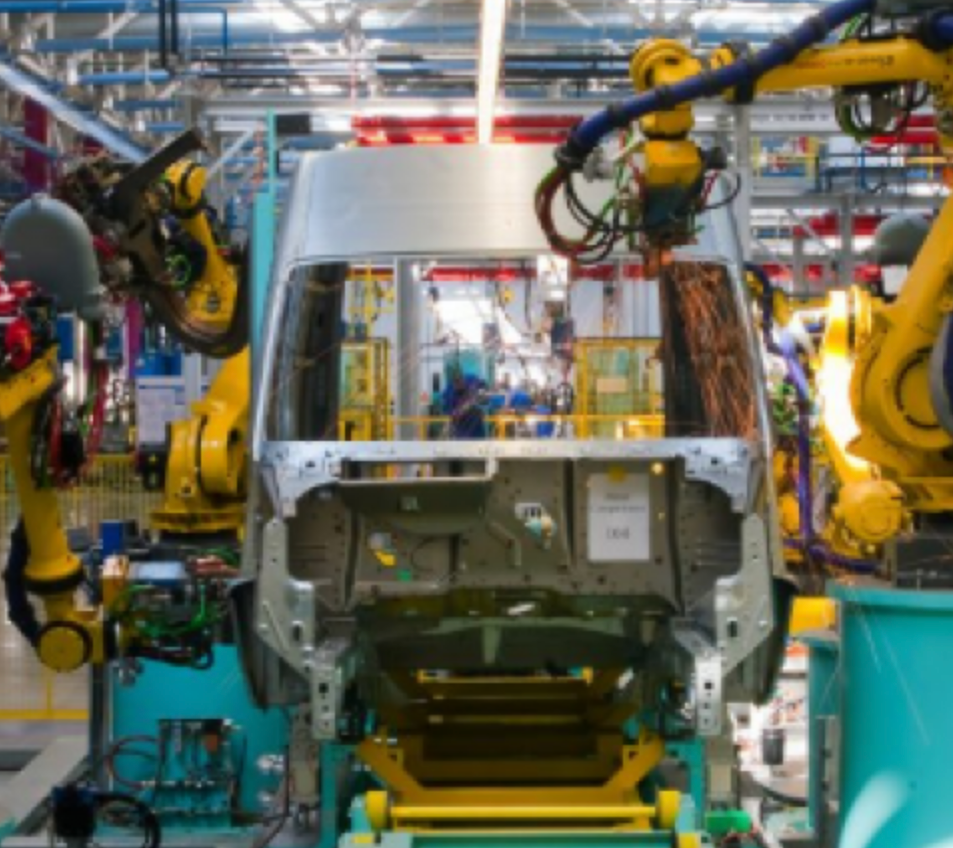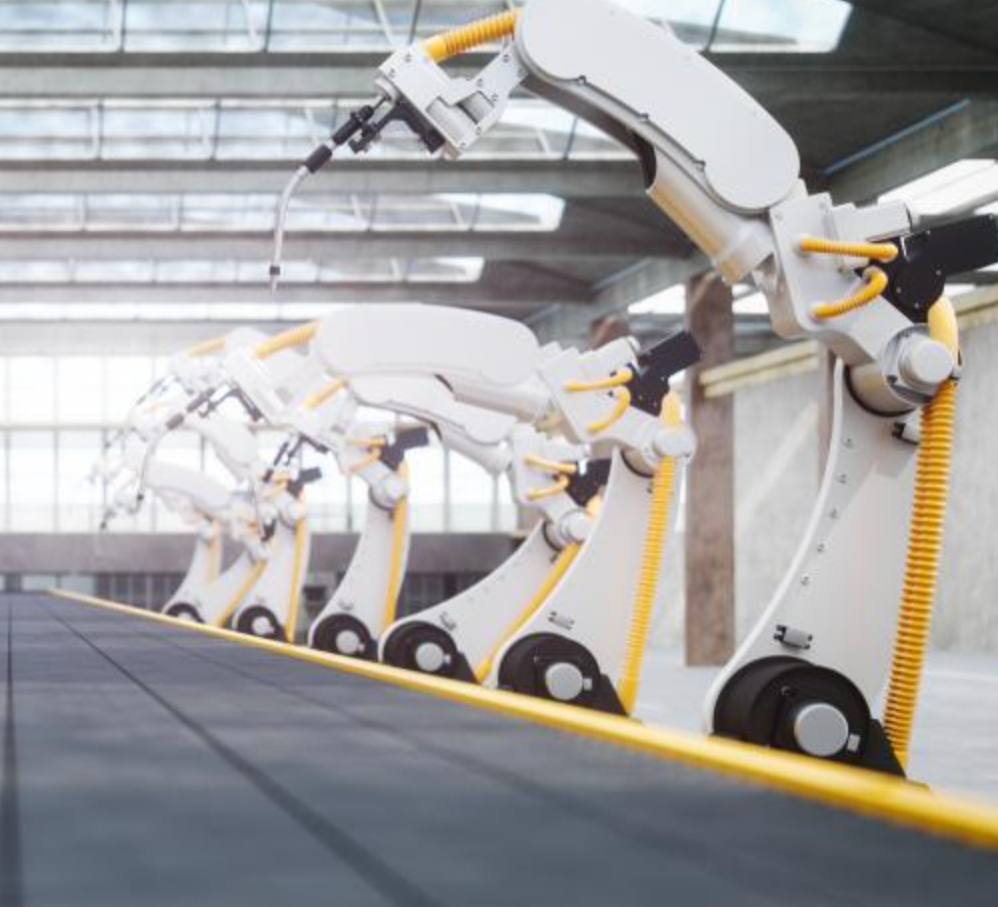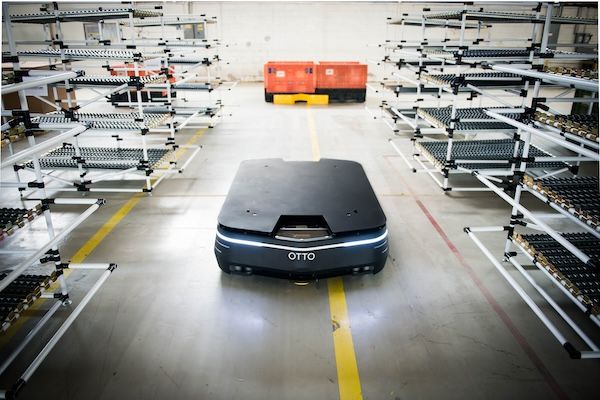Blog
Robots will be working in 50,000 warehouses by 2025, report says

Originally posted by Robotics Business Review on March 26th, 2019.
ABI Research today said that more than 4 million commercial robots will be installed in more than 50,000 warehouses around the world by 2025, up from just under 4,000 warehouses in 2018. The rise in adoption rates will be driven by the increasing affordability and return on investment (ROI) of a growing variety of infrastructure-light robots, as well as continuing needs for flexible and efficient automated fulfillment as same-day delivery becomes the norm.
Flexibility and efficiency have become primary differentiators in the e-commerce fulfillment market as retailers and third-party logistics (3PLs) struggle to cope with volatile product demand, seasonal peaks, and rising consumer delivery expectations. Robots enable warehouses to scale operations up or down as required while offering major efficiency gains and mitigating inherent challenges associated with labor and staffing.
Nick Finill
Senior Analyst, ABI Research
Both automated guided vehicles (AGVs) and autonomous mobile robots (AMRs) are driving the growth that are directly replacing heavier mechanized automation that typically requires massive upfront investment and rigid physical infrastructure, ABI said. The research firm added that robots enable the optimization of space in expensive warehouse facilities and can reduce the need for new and costly greenfield fulfillment centers. “This is a major advantage in the unpredictable and dynamic e-commerce market,” ABI Research said.

Chart 1: Revenue from service robotics will continue to grow, with revenue passing $53 billion by 2022.
AI, deep learning advances
In addition, advances in artificial intelligence, deep learning, robot mechanics are giving robots the ability to perform traditionally harder-to-automate tasks. “By combining mobile robots, picking robots, and even autonomous forklifts, fulfillment centers can achieve greater levels of automation in an efficient and cost-effective way,” the research firm stated.
Furthermore, robot vendors are increasingly providing flexible pricing options, especially through robotics-as-a-service models, giving companies the chance to replace large capital expense (CapEx) costs with more accessible operation expense (OpEx), giving mid-market companies adoption options they didn’t have before.
By lowering the barriers to adoption for robots in the warehouse, vendors are disrupting the wider logistics value chain. If advanced automation becomes possible for midsize e-retailers, they will be able to fight back against the dominant players and also bring fulfillment operations back in-house, disrupting the relationship between retailers and 3PLs.
Nick Finill
Senior Analyst, ABI Research
ABI’s predictions are part of their application analysis report, “Robotics in E-Commerce Fulfillment,” which is part of the company’s Intelligent Supply Chain service. The company said its Application Analysis reports are based on primary interviews and present analysis on key market trends and factors for a specific application, which could focus on an individual market or geography.
Last month, research firm IDC made a similar prediction about the growth of the commercial robot space, saying the market would surpass $53 billion by 2022, with a compound annual growth rate of 20%. Research firm Tractica predicted in February that nearly 1 million warehouse and logistics robots will ship by 2022.







